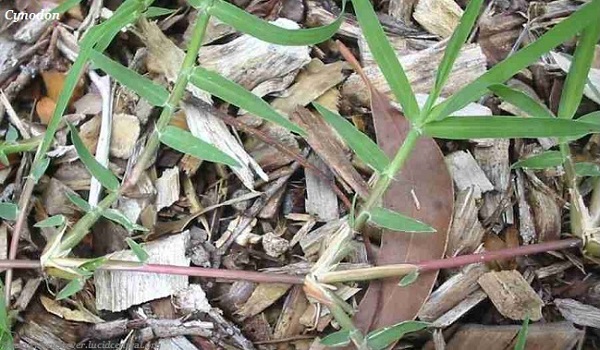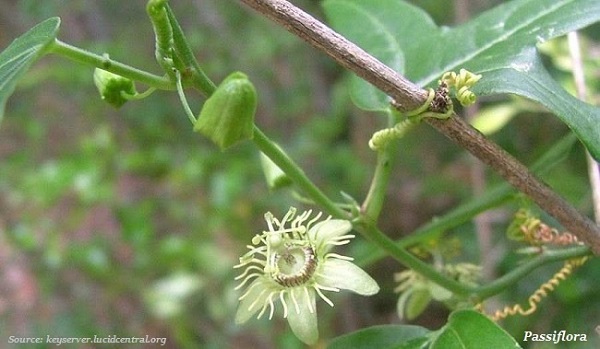
- Biology Notes for UPSC IAS Prelims (Part II)
- Biology - Home
- Biology - Classification of Organisms
- Biology - Cell Division
- Biology - Virus
- Biology - Bacteria
- Biology - Fungi
- Biology - The Roots
- Biology - The Plant Stem
- Biology - The Plant Leaf
- Biology - The Flowers
- Biology - The Fruit
- Biology - Plant Diseases
- Biology - The Blood
- Biology - Blood Group
- Biology - Human Brain
- Biology - Skeleton System
- Biology - Endocrine System
- Biology - Endocrine Diseases
- Biology - Carbohydrate
- Biology - Proteins
- Biology - Fats
- Biology - Vitamins
- Biology - Minerals
- Biology - Genetic Terminology
- Organisms & their Chromosome Counts
- Biology - Viral Diseases
- Biology - Bacterial Diseases
- Branches of Biology
- Inventions & Discoveries in Biology
- Nobel Prize in Biology
Biology - The Plant Stem
Introduction
A stem is one of the main structural axes of a vascular plant.
The stem, structurally, is categorized into nodes and internodes (see the image given below).

The other term used for the stem is shoot, but there is difference between stem and shoot, i.e. stem includes only stem part, whereas, shoot includes stem, leaf, flower, etc. (shoot term basically used for new plant growth).
Functions of Stem
Following are the significant functions of a stem −
Stems keep plant upright and support leaves, flowers, and fruits.
Stems comprise xylem and phloem (tissues) that transport fluids and nutrients between root and shoot.
Stems store nutrients and produce new cells and tissues.
Types of Stems
Stems are usually categorized as −
Underground Stem
The stem that grows inside the soil is known as underground stem. E.g. Potato.

Such type of stems store food for contingency period.
Subaerial Stem
The stem, which partial remains inside the soil and partial above (i.e. in the air), is known as subaerial stem. E.g. Cynodon

Aerial Stem
The stem, which entirely remains in the air (i.e. out-side of soil or water), is known as aerial stem. E.g. passiflora, grapes, etc.

Modification of Stems
Sometimes, stems perform some specific task (other than their regular task), for which they change their shapes and sizes.
The following table illustrates some of the examples that modified stems −
| Location | Type | Example |
|---|---|---|
| Underground Modified Stem | Bulb | Garlic, Onion, etc. |
| Corm | Saffron, Crocus, etc. | |
| Stem tuber | Potato | |
| Rhizome | Ginger | |
| Subaerial Modified Stem | Stolon | Jasmin, Straberi, etc. |
| Offset | Water plant, Pistia, etc. | |
| Sucker | Roses, Musa, etc. | |
| Runner | Mereilia, Cynodon, etc. | |
| Aerial Modified Stem | Stem thorn | Lemon, Citrus |
| Stem tendril | Grape | |
| Phylloclade | Cactus, Opuntia | |
| Bulbils | Ruscus, Agave | |
| Tendril | Passiflora |